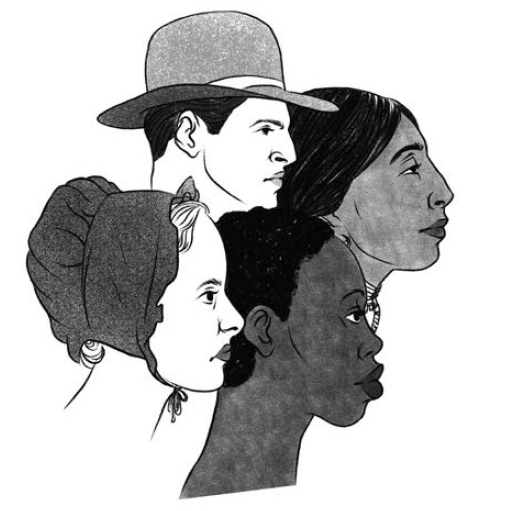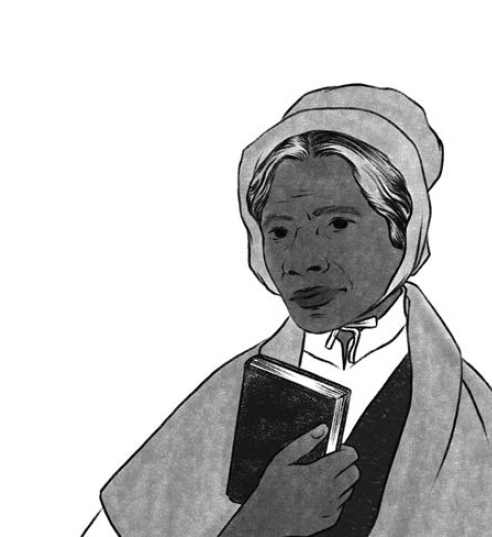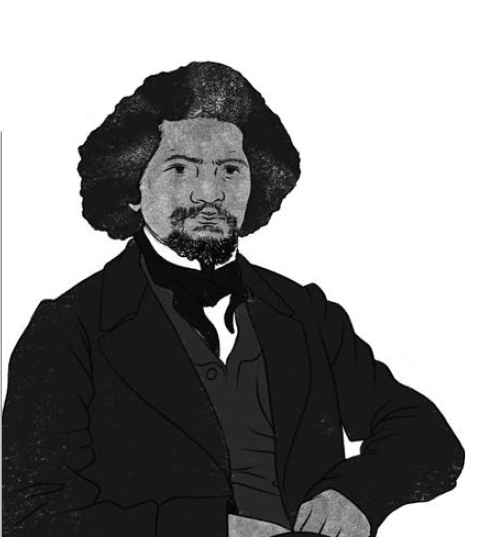When you first hold “Stamped from the Beginning,” it’s heavy, even as a paperback. At almost 600 pages and dense with text, a person can tell at once that author Dr. Ibram X. Kendi wasn’t pulling any punches when he set out to write “The Definitive History of Racist Ideas in America.” “Stamped from the Beginning” has since been remixed as “Stamped: Racism, Antiracism, and You,” a version of the book that was re-written for teens by best-selling author Jason Reynolds. Now, we have “Stamped (For Kids): Racism, Antiracism, and You,” an adaptation aimed at 7- to 12-year-olds.
These youth-centered books about race do the research for teachers so they don’t have to spend huge amounts of time figuring out how to tackle units about American history and race in the classroom, explains author Dr. Sonja Cherry-Paul. She is an educator and researcher who wrote “Stamped (For Kids)” as an adaptation of Kendi’s original book. She’s applying her 20 years of experience in middle school classrooms helping schools “shatter any kind of silence around race and racism.”

With recent elections and a global pandemic, race is one of several real-world topics pressing for educators’ attention. In the aftermath of the widespread protests of George Floyd’s murder by a Minneapolis police officer, many institutions across the U.S. released statements against racism, often pledging to make strides to rectify wrongdoings and oversights. While the national reckoning around race feels relatively new, teachers have been wrestling with the best ways to teach about race and racism long before the summer of 2020. Fortunately, there are reliable ways to take on these topics.
Reckoning with conversations about race with kids
Young children, especially children of color, perceive race a lot more than most people think. In fact, many kids are coming into schools already having experiences with racism, says Cherry-Paul, referring to the research that suggests initial awareness of race begins at six months of age. While several research studies show that children recognize race at a young age, Dr. Erin N. Winkler’s publications offer a digestible overview of how kids ages 3 to 5 years old use racial categories to make generalizations about behavior and express bias. Young children rely more on stereotyping because their cognitive abilities are usually not advanced enough to process multiple qualities at once. Additionally, Winkler’s research suggests children’s racial beliefs may not even be related to those of their parents, but instead reflect societal and social norms about how whiteness is normalized and privileged from books, songs and media.




